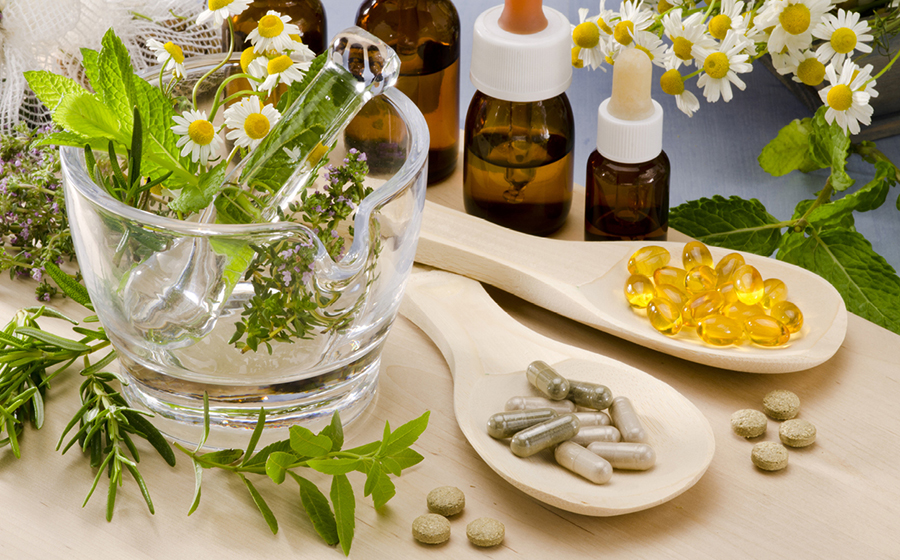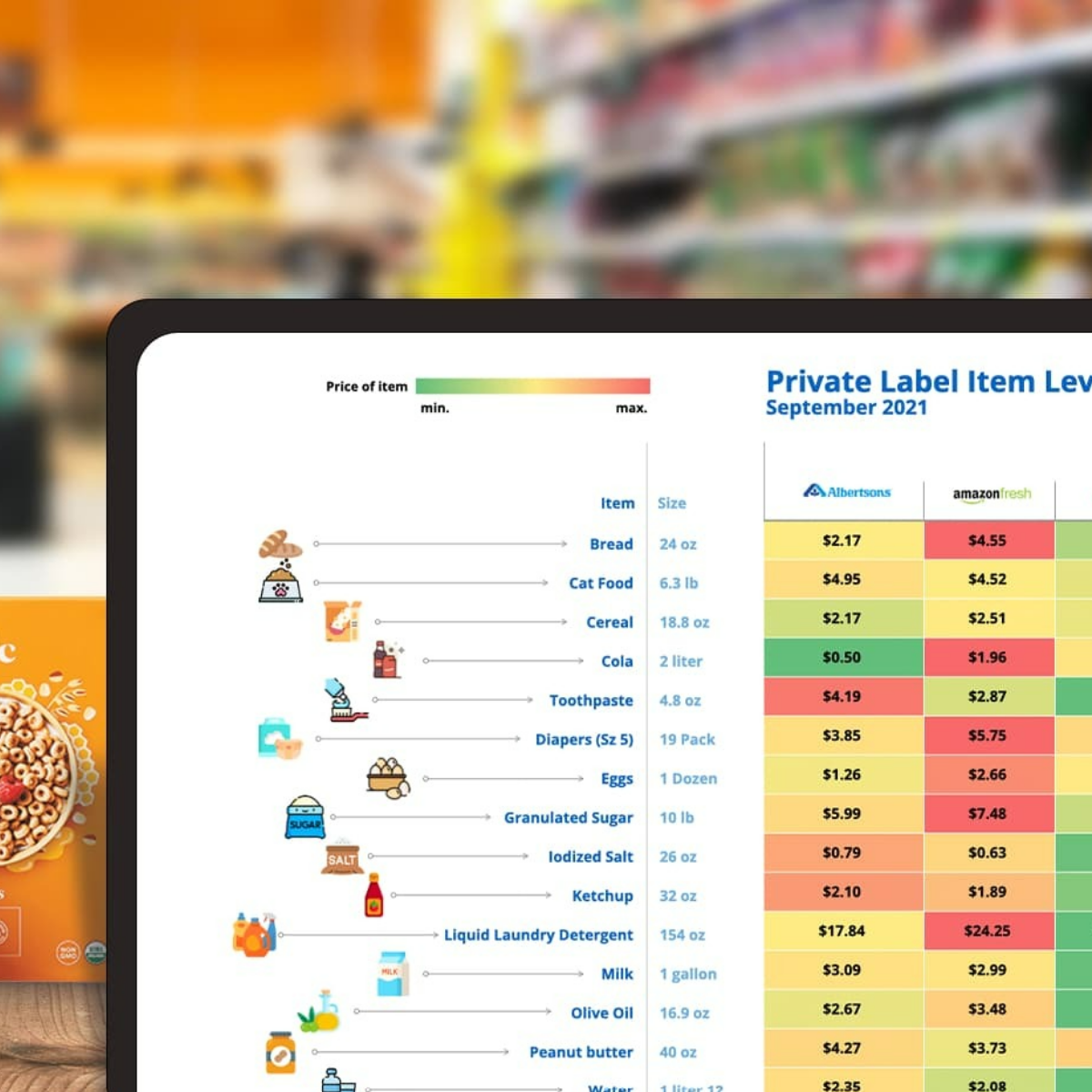Every day the self-care revolution enlists more and more consumers to its cause as the walls separating Health, Wellness and Beauty are falling. It\’s a movement that offers savvy retailers and manufacturers of health, beauty and wellness products that are in touch with their customers a renaissance in existing categories and opens up dozens of previously under-developed and unexplored ones.
While it takes many forms the five most common tenants of the self-care movement are:
- Every individual ought to be in full charge of her/his physical, mental and emotional development and health
- Health, Beauty and Wellness are tools to help people to get in the best physical, emotional and spiritual shape
- Prevention is always preferable to treatment, whether mitigating against disease, aging or emotional stress
- \”Natural\” and/or \”organic\” ingredients are better for you than chemicals or synthetic compounds
- Authority isn\’t based on credentials or titles and every consumer has a right to choose their own expert
Origins
Ironically, for what became such a commercial movement, self-care\’s origins trace back to the radical Left. In 1988 the late radical gender activist and writer Audre Lorde famously wrote, \”Caring for myself is not self-indulgence, it is self-preservation, and that is an act of political warfare.\”
But, that was then, and this is now, and things have taken a decided turn toward capitalism as Lorde\’s once radical view that self-care is self-preservation transformed into the 2016 social media meme, \”Self-care isn\’t selfish.\” It even has its own trade association, the International Self-Care Foundation.
Why self-care? Why now?
So, what exactly is self-care? How can retailers take advantage of it? And, how sustainable will it really be?
Monique Tello, MD, MPH, and a Contributing Editor to the Harvard Health Blog, sees self-care as simply, \”paying attention to and supporting one\’s own physical and mental health.\” Dr. Tello focuses on four aspects of self-care: physical exercise, eating well, calming your mind, and sleeping well.
We think Health has come to be broadly defined to include not just how you feel, but how you feel about yourself. Beauty has become a critical thread running through the overall health and wellness narrative. And Wellness regimens are seen as contributing to both one\’s beauty and health.
At the root of consumer interest in self-care, whether that\’s defined as pursuing a vegan diet and running 10Ks or taking a bubble bath while listening to music, is a deep set of underlying social and economic concerns. At the top of the list is uncertainty about the future of healthcare access and cost.
Last year Gallup found that 71 percent of Americans believed healthcare was in, \”a state of crisis,\” or, \”has major problems.\” A Kaiser Family Foundation Health Tracking Poll, conducted right before this year\’s midterm elections found 22 percent of registered voters wanted to hear candidates address rising health care costs. And The World Bank estimates that by 2020 healthcare costs will equal 20 percent of U.S. GDP, a significant increase over 12.5 percent of GDP in 2000 and the highest percentage in the world among globalized nations.
But, the emerging consumer market is being driven by a larger motivation beyond simple economics. Winning In Health, Beauty, & Wellness, a 2018 benchmarking report conducted by A.T. Kearney and the Global Market Development Center (GMDC) — which will host its own Self-care Summit later this year — found that shoppers want to be engaged in the management of their own health, seeing their bodies optimizing through, if not unique, highly personalized solutions.
Health
In terms of Health categories, it begins with shifting assortment from, say multi-vitamins to stocking a broad range of vitamins and supplements that can be mixed and matched to address the specific needs of individual consumers. Shoppers who suffer from mild depression, especially in the winter months, for example, may start taking large amounts of Vitamin D. If they have arthritis they may add turmeric to the mix. If they are concerned about their cholesterol numbers they may also add large doses of Fish Oil, and so on. Or they may seek out a probiotic to relieve symptoms associated with Irritable Bowel Syndrome or other gastric issues. Single vitamins are driving the category growth 6.1 percent Year over Year (YoY), while multivitamins had the lowest growth rate.
Thanks to both real and \”fake\” news in print, on screen, online and social media. consumers today believe they have a better understanding of what does and doesn\’t represent healthy choices — whether the science would actually back them up or not .
For example, many consumers believe organic foods are raised without pesticides. The truth is that U.S.D.A. standards allow the use of 25 different synthetic pesticides on organic crops. And, those who prefer, \”naturally-sourced,\” pesticides might want to consider that those include pyrethrins, which are highly toxic to honeybees; sulphates, including copper sulphates which is a proven health risk when ingested in significant quantities; and nicotine.
What consumers want.
Today\’s shoppers are drawn to more holistic solutions like yoga and diets such as eating vegan, vegetarian, only organic, and/or avoiding foods with genetically modified organisms (GMOs) that fit into a larger health and wellness context whether that be spiritual enlightenment and emotional wellbeing in the case of yoga, or social and political awareness in the case of the diets.
A Grand View Research, Inc. report found the worldwide alternative medicine market should be worth roughly $196.9 billion by 2025. According to the survey, \”As of early 2017, approximately two-thirds of the population in most of the developed and developing countries were reported using one or the other form of complementary and alternative form of medicines.\”
But consumer perception has become market reality. With so many conflicting health claims in both mainstream and social media, retailers need to play a role as consumer educators and advocates, curating assortment and providing evidence based information through instore displays and signage, digital media assets and smartphone apps, and by educating employees to better prepare them to answer customers\’ questions and provide customized advice.
There\’s also a growing market for alternative beauty products that offer consumers what they perceive as personalized and holistic options.
Beauty is only skin deep.
Beauty may be skin deep but wellness and self-esteem go all the way down to the bone.
The Beauty category isn\’t just \”hope in a bottle, tube or jar\” anymore. It\’s a critical emotional and physical self-care opportunity. Today\’s consumer wants to look good and feel good. We see a growing emphasis on Beauty products boasting \”natural,\” chemical-free ingredients aligned to consumers\’ interest in healthier lifestyle choices.
Based on the trends, natural and botanical ingredients in hair care products, specifically shampoos and conditioners, are expected to drive sales growth. While the hair care category overall saw a decline in 2017, sales of shampoos and conditioners grew by 1.8 percent in 2016, fueled by a growth of \”natural\” products and shampoos, mirroring consumer awareness of the impact of hair care products containing sulphates on the environment and their hair\’s health. Companies are launching more products like Biolage\’s \”Raw Collection\” of shampoos and conditioners that incorporate botanical oils and eschew ingredients such as silicones and parabens.
Wellness
At first blush, Wellness categories may be harder for some retailers to leverage, but Wellness also has its product side. Candles, oils, music, even fresh cut flowers can all enhance a consumer\’s sense of wellness.
The real trick is to see HB&W categories through the eyes of the shopper and integrate your offerings as much as possible into a single, easy-to-access customizable shopping experience – instore and online. Despite these tailwinds, food, drug and mass retailers haven\’t been able to consistently translate the consumer demand into strong performance within HBW and that may be more a matter of looking at the \”pieces\” – i.e. category offerings – you have in new, integrated and vibrant ways.
Across all sectors Winning in Health, Beauty, and Wellness by GMDC and A.T. Kearney found the retailers who are doing the best are at translating HB&W trends into sales are:
- On trend
- Use experiential marketing to create narratives and telling stories
- Do a good job educating consumers
- Provide a variety of services
- And take a consistent approach online and instore
But the real secret is to have your see the world through the eyes of the self-care seeking customers, using the shopper\’s vocabulary and reference points to address what selections to make, and what they are looking for that you don\’t offer – that\’s the real secret to building a healthier bottom line.



